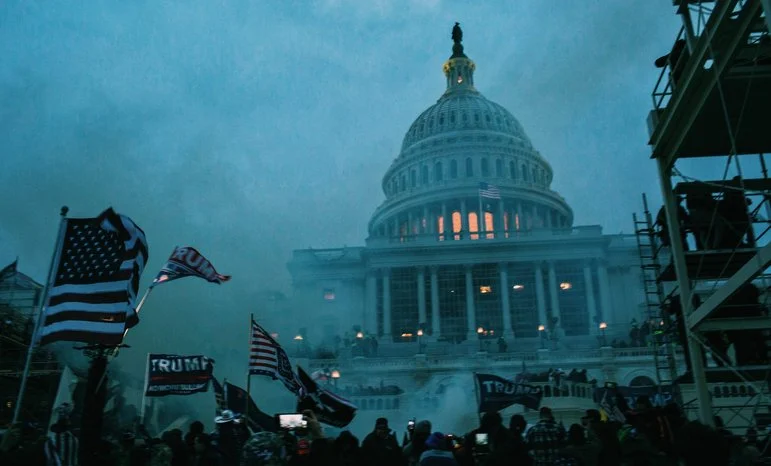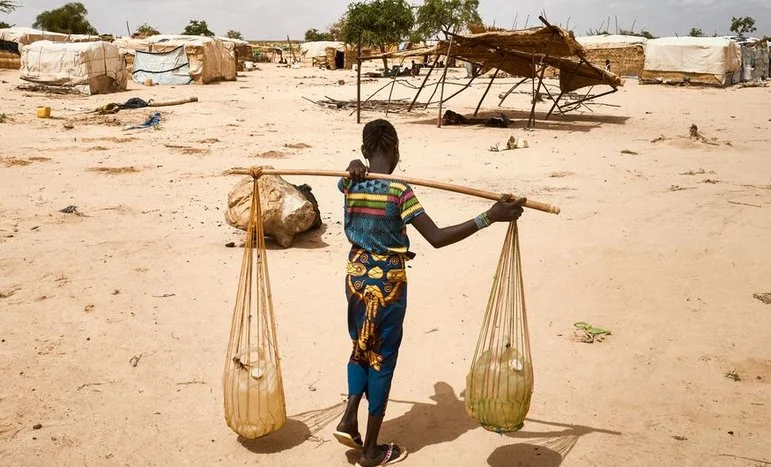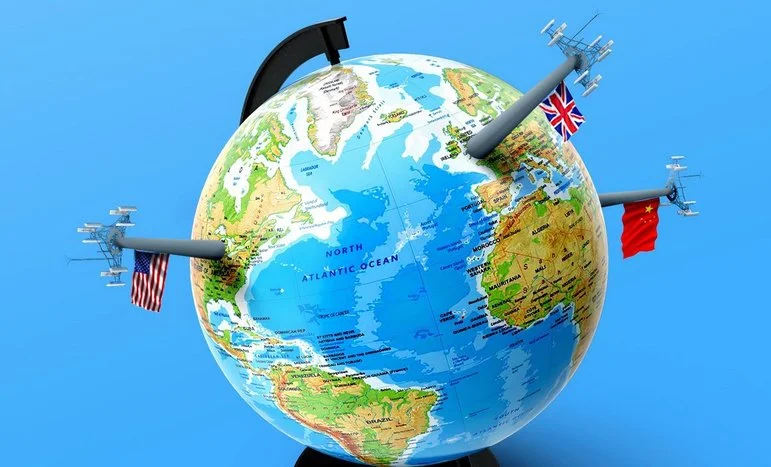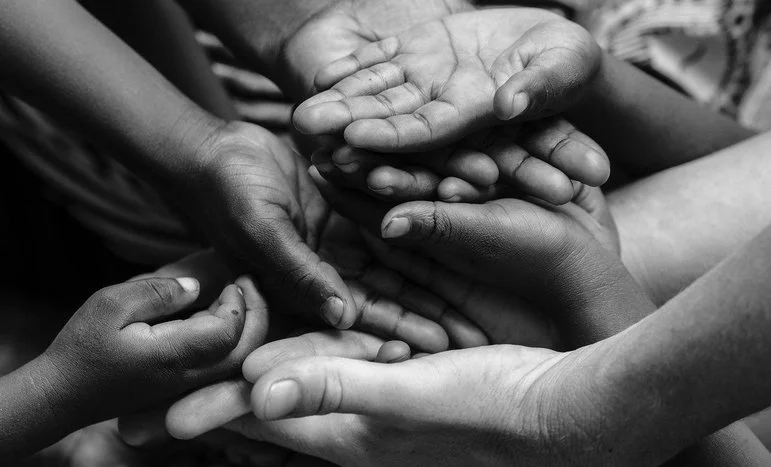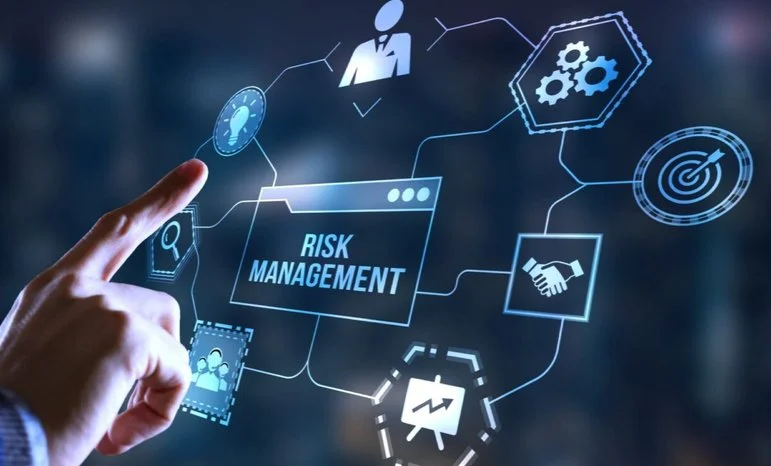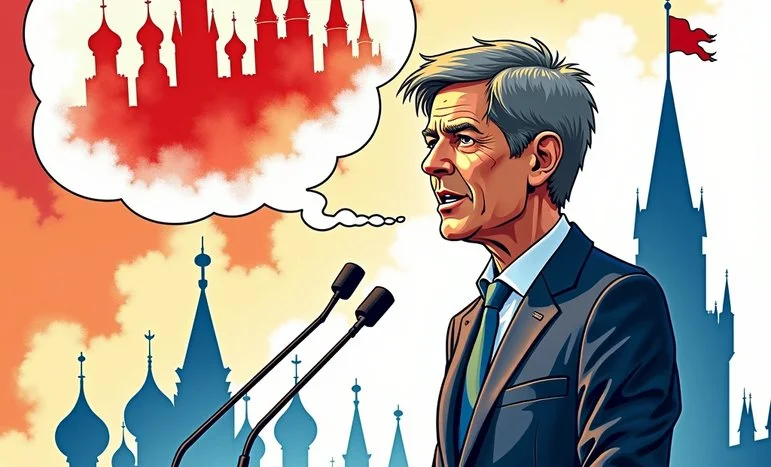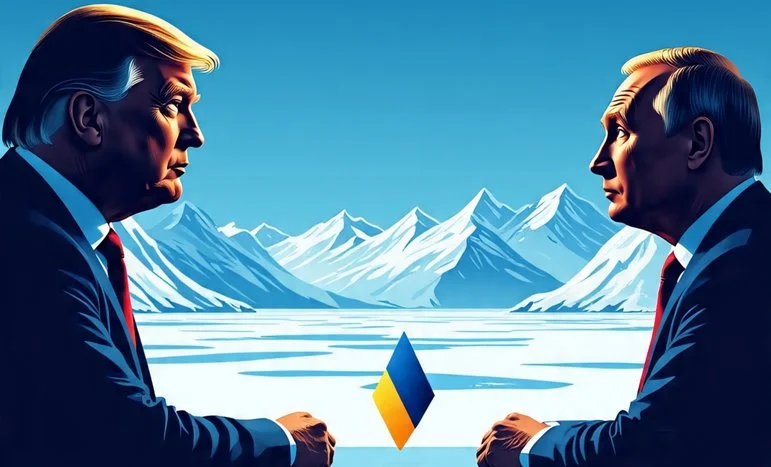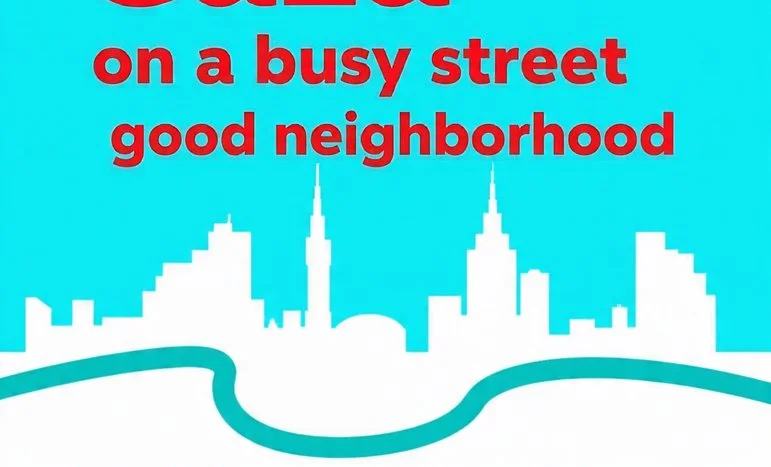“We are the first generation to feel the impact of climate change and the last generation that can do something about it.” — Barack Obama
Climate change is no longer a looming threat—it is a present reality. Each passing year brings sharper, more severe reminders of the consequences of environmental neglect. Droughts parch fertile lands. Floods drown entire communities. Wildfires engulf forests with increasing ferocity. Ice sheets melt into oceans that creep closer to our doorsteps. And yet, for all the alarms ringing around us, collective action still lags behind urgency.
The True Scale of the Crisis
Climate change isn’t just about rising temperatures. It is a chain reaction affecting every aspect of life on Earth:
- Extreme weather events disrupt livelihoods, destroy infrastructure, and displace millions.
- Sea-level rise threatens to wipe out coastal cities and entire island nations.
- Ocean acidification is eroding marine ecosystems, threatening food chains and economies.
- Air and water pollution compromise public health, disproportionately affecting vulnerable communities.
- Plastic waste clogs rivers and oceans, choking marine life and infiltrating our food supply.
- Biodiversity loss is accelerating at a pace unseen in human history—once-rich habitats are turning silent.
We are witnessing the unraveling of systems that sustain life as we know it.
It’s Not Just the Planet — It’s Us
Environmental degradation is not some abstract ecological issue—it is deeply human. When crops fail due to erratic rainfall, when drinking water becomes toxic, when diseases spread through polluted air or stagnant floodwaters—it is our lives, our security, and our future that is under siege.
The consequences are far-reaching:
- Food insecurity caused by failing agricultural yields.
- Water scarcity in already drought-prone regions.
- Climate-induced migration as people flee uninhabitable zones.
- Economic disruption as disasters become costlier and more frequent.
- Social unrest driven by competition over shrinking resources.
The link between a warming planet and societal instability is no longer a theory—it is a reality supported by data and unfolding events worldwide.
The Illusion of Infinite Growth
Part of the problem lies in our addiction to consumption. Forests are razed for timber and farmland. Fossil fuels are burned without hesitation. Plastics are produced, used, and discarded in minutes but remain in the environment for centuries.
We operate as though the planet’s resources are limitless. They are not.
It’s time to shift away from extractive economics to regenerative thinking—where sustainability is not a buzzword but a fundamental principle.
What Can Be Done?
Solutions exist, and they are achievable if the will exists—at both the individual and systemic level.
- Transition to clean energy like solar and wind.
- Promote circular economies that reduce waste and reuse resources.
- Enforce strict pollution controls on industries.
- Incentivize reforestation and protect existing ecosystems.
- Foster climate education and community awareness.
On a personal level, we must reevaluate our habits—how we travel, what we eat, how we consume. Small actions, when multiplied, can influence greater change.
The Time Is Now
Environmental degradation is not a side issue—it is the issue. The choices we make in this decade will determine whether the planet remains habitable for future generations. We owe it to ourselves—and to those who come after—to rise to this challenge.
This is not about saving Earth. Earth will survive. This is about saving the conditions that make life on Earth possible—for us.
Let us act—not out of fear, but out of responsibility.
If we don’t change direction, we may end up where we are heading. And where we are heading isn’t promising.

